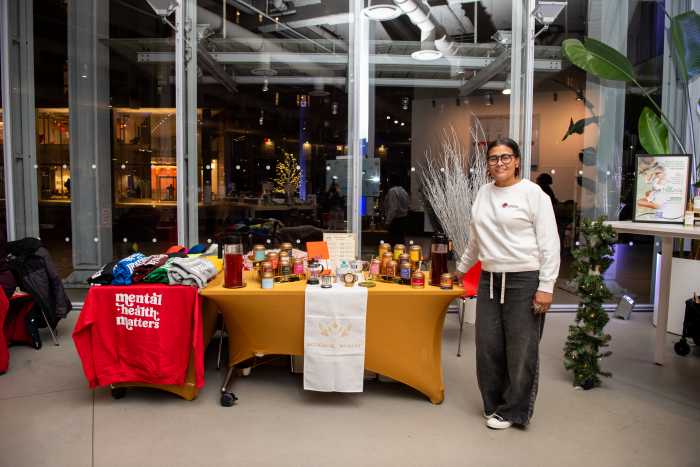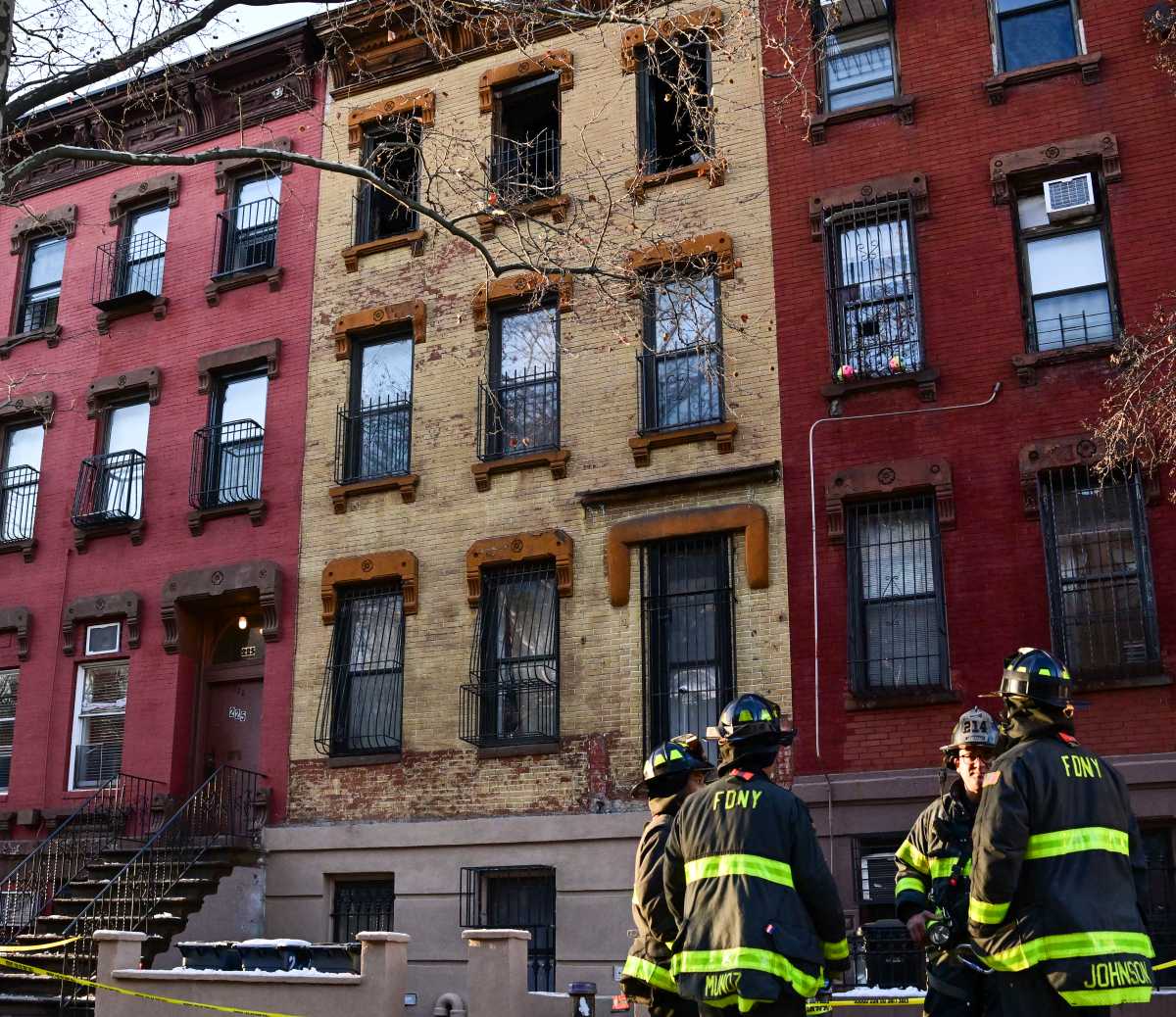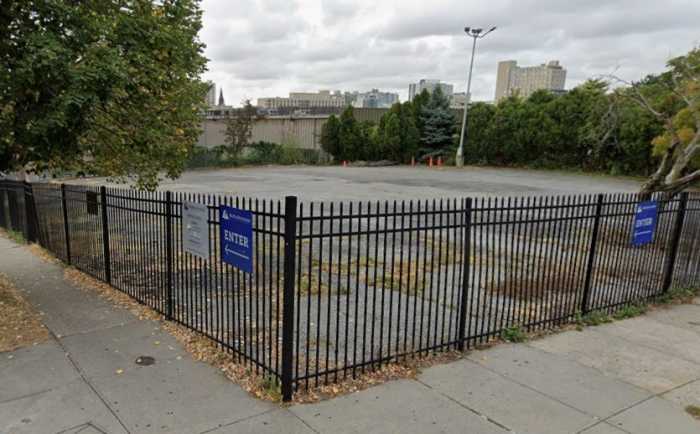Photos, essays and travel guides can’t compare to actually visiting Machu Picchu, the 15th century Inca site and one of the New Seven Wonders of the World.
In 1911, American historian Hiram Bingham rediscovered the lost city of the Incas, which was completely covered by foliage. Even after cleared of underbrush, the ancient ruins in the Cusco region of Peru remained remote until about 15 years ago, when a rail line opened up Agua Calientes, also known as Machu Picchu Pueblo, the closest town to Machu Picchu.
Today, thousands of visitors travel nearly 8,000 feet up to the top of the mountain to explore the immaculate village where the Incas lived and worshipped.
What to do
Of course, the main reason to go to Machu Picchu is to see the ruins yourself. The monument hosts a maxiumum of 2,500 visitors a day, so it’s highly recommended you purchase your tickets in advance (around $40). If you are up for an adventure, you should also buy a pass to hike up Wayna Picchu. Only 200 people a day are allowed, and it’s definitely a trek, but at the top, you are 1,180 feet above Machu Picchu and have an unparalleled view of the famous village.
After tromping around the mountains, head back to Agua Calientes and relax your muscles in one of its famous hot springs, such as Cocalmayo in Santa Teresa. Also make sure to check out the handicraft market by the train station. Within this maze of brightly colored stalls, you can find Peruvian textiles, stuffed llamas, alpaca wool blankets, clay figurines and other fun souvenirs.
Where to eat and drink
When going to Peru, you must try the three foods it’s known for: Guinea pig, or cuy, quinoa and potatoes (there are around 400 varieties grown here). A great meal awaits at Café Inkaterra (Railroad Km 110, Aguas Caliente, inkaterra.com), a darling spot inside the Inkaterra Machu Picchu Pueblo Hotel overlooking the hills.
Try traditional eats including quinoa-crusted chicken and Soltero salad, a hearty dish made with cheese, giant kernels of Andean corn, fresh fava beans and a hard-boiled egg.
For Peruvian food with a twist, head to The Tree House (Calle Huanacaure 105; rupawasitreehouse.com) for confit Guinea pig with a traditional potato cake, quinoa risotto and tender alpaca with fettuccini.
As for drinking, there aren’t a lot of bars in this area, but most restaurants offer the classic pisco sour and chichi, a beverage made from fermented purple corn.
Where to stay
Book a room in the town of Aguas Calientes, a quaint spot filled with tourists and locals alike, and you can soak in both the culture and the hot springs the area was named after. For those looking to splurge and vacation in comfort, there’s Inkaterra Machu Picchu Pueblo Hotel (rates starting at $274), a gorgeous luxury property built to evoke an Andean village. Located five minutes on foot from the train, this quiet resort features stone paths running along the 12-acre property and offers private tour guides, a gourmet buffet breakfast and on-property excursions such as bird watching and an orchid walk.
For a more economical choice, try Wachuma B&B (Alameda Las Orquideas M 23 13, rates starting at $55), a quaint little spot near the handicraft market with free Wi-Fi and breakfast and large windows overlooking the forest.
How to get there
The Latin American airline LAN is a good bet out of New York, as well as throughout Peru. The closest city to fly into is Cusco, a town also worth checking out if you have time. From there, you can catch a bus or get a secure car service from Real Inka Tourist Transportation (realinkacar.com) to Ollantaytambo. Book a ride on PeruRail (starting at $45 round trip) and within an hour, you will be at the Puente Ruinas Train Station in Agua Calientes. From here, a bus leaves every 10 minutes or so to Machu Picchu.
When to go
Visitors flock to Machu Picchu year-round, despite the wet or dry season. For those looking to explore with a low chance of cloudy skies dimming the view, head here in July and August. January and February are the wettest months, which makes hiking and comfortably seeing the sights more difficult.







































